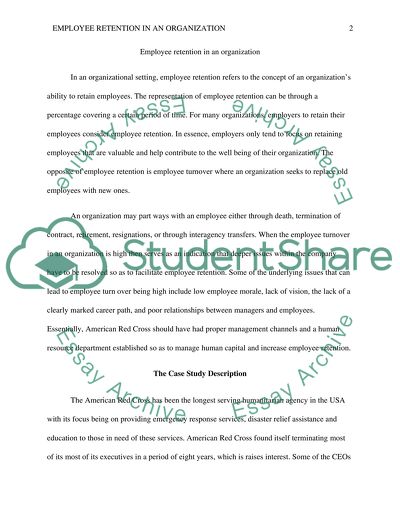Cite this document
(Employee Retention and Employee Turnover in American Red Cross Case Study, n.d.)
Employee Retention and Employee Turnover in American Red Cross Case Study. Retrieved from https://studentshare.org/management/2088215-any-topic-writers-choice
Employee Retention and Employee Turnover in American Red Cross Case Study. Retrieved from https://studentshare.org/management/2088215-any-topic-writers-choice
(Employee Retention and Employee Turnover in American Red Cross Case Study)
Employee Retention and Employee Turnover in American Red Cross Case Study. https://studentshare.org/management/2088215-any-topic-writers-choice.
Employee Retention and Employee Turnover in American Red Cross Case Study. https://studentshare.org/management/2088215-any-topic-writers-choice.
“Employee Retention and Employee Turnover in American Red Cross Case Study”. https://studentshare.org/management/2088215-any-topic-writers-choice.


